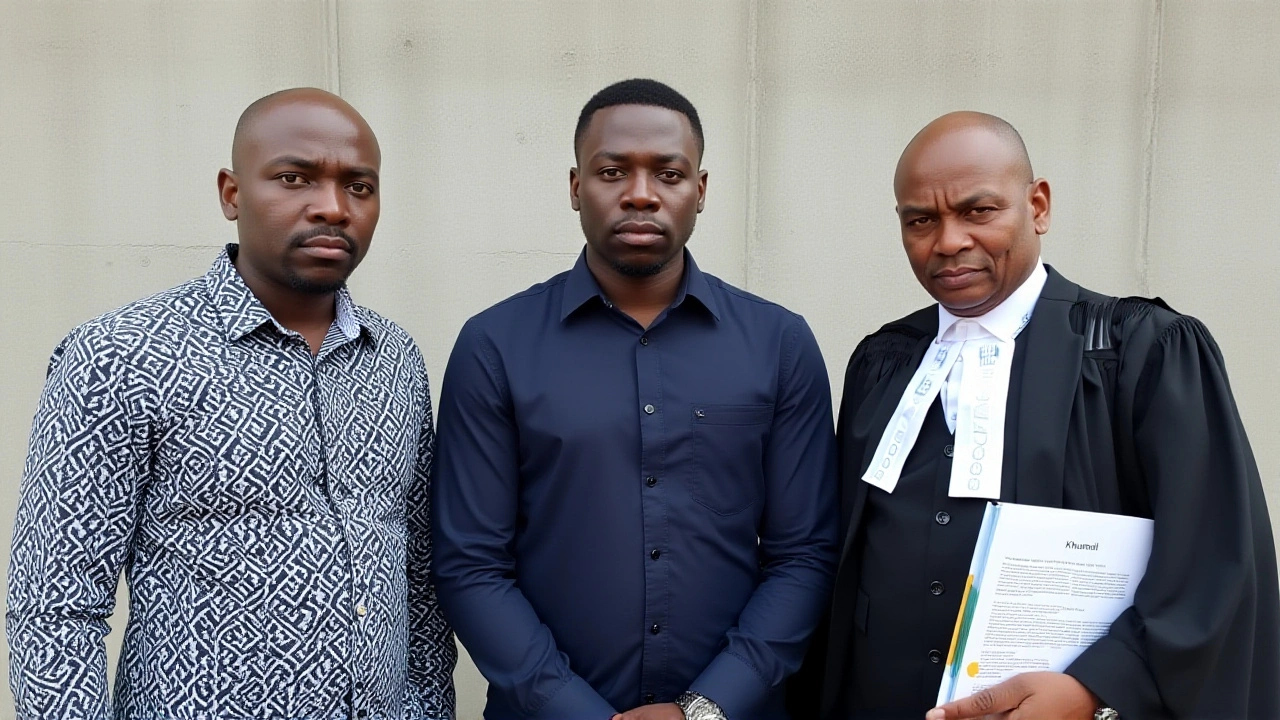Murder Charges: Understanding the Legal Landscape
When dealing with Murder Charges, the formal accusations that a person has intentionally caused the death of another. Also known as homicide prosecution, it represents the most serious criminal accusation in many jurisdictions. Understanding murder charges starts with the rules that govern them. One of those rule sets is Homicide Law, the body of statutes and case law that defines different levels of unlawful killing, which distinguishes murder from manslaughter and other lesser offenses. The process moves into a Criminal Trial, the courtroom phase where evidence is presented, witnesses testify, and a judge or jury decides guilt. Each of these entities interacts, shaping how a case unfolds.
Key Elements That Shape a Murder Charge
At the heart of any murder prosecution is Forensic Evidence, scientific data such as DNA, ballistics, and autopsy findings used to link a suspect to the crime. This evidence often determines whether the prosecution can meet the "beyond a reasonable doubt" standard required in a criminal trial. Meanwhile, the legal framework set by homicide law dictates the necessary mental state—whether the act was pre‑meditated, intentional, or reckless—which directly influences the charge level. Together, forensic evidence and legal definitions create the factual and conceptual foundation for the trial.
Once a verdict is reached, the next major entity is Sentencing, the judicial determination of punishment, ranging from life imprisonment to capital punishment depending on jurisdiction and case specifics. Sentencing guidelines consider aggravating factors like multiple victims, prior convictions, or the presence of special circumstances. They also account for mitigating factors, such as lack of prior criminal history or evidence of remorse. The relationship between the original charge, the trial outcome, and the final sentence completes the legal cycle for murder charges.
All these pieces—homicide law, the criminal trial process, forensic evidence, and sentencing—form a tightly linked chain. Understanding how each component influences the others helps you grasp why some cases end in life sentences while others result in lesser penalties. Below you’ll find a curated list of recent stories and analyses that dive into these facets, giving you real‑world examples of how murder charges play out in courts across the continent.
NPA withdraws murder charges against TV host Xolani Khumalo
- Jeremy van Dyk
- 20 Comments
South Africa's NPA has provisionally withdrawn murder charges against ex‑Sizok'thola host Xolani Khumalo, sparking debate over media, crime and justice after a July 2023 Katlehong incident.
Read more

